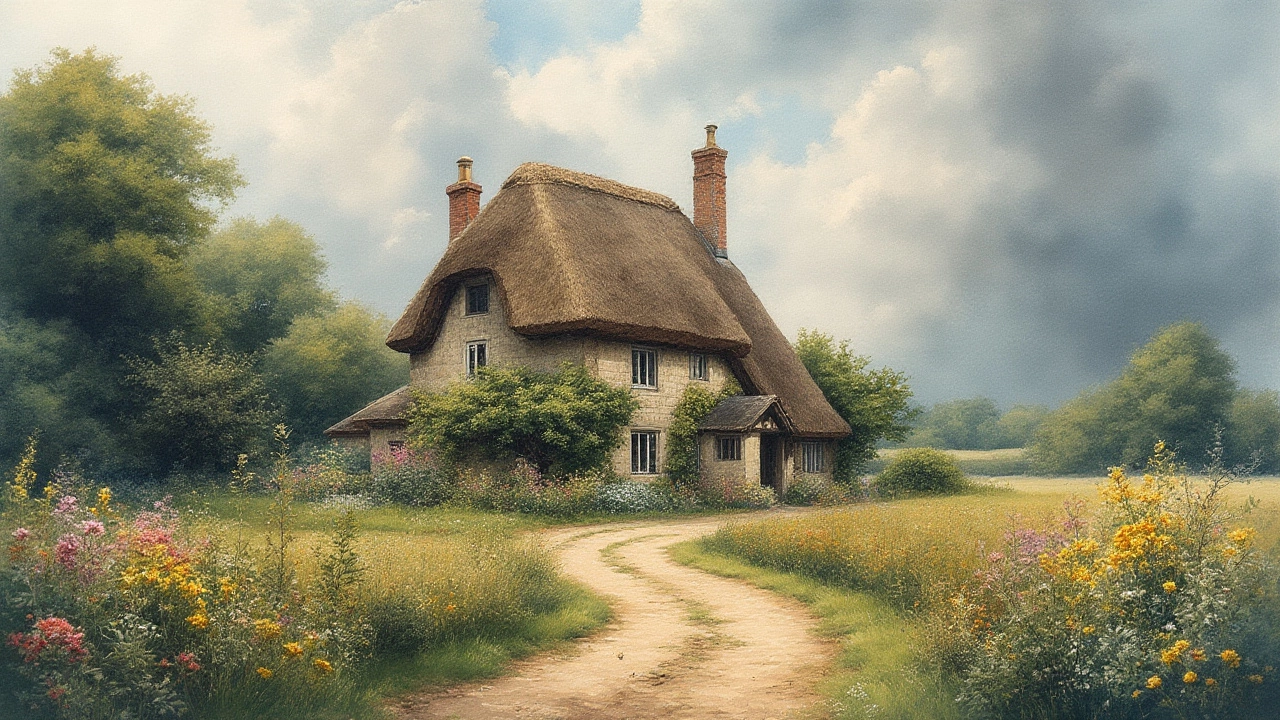
What Qualifies as a Cottage? Simple Guide for Loch Ness Stays
Ever opened a rental listing and wondered if it’s truly a cottage or just a regular house? The label matters because a cottage promises a certain feel – cozy rooms, a rural vibe, and often a bit of history. Knowing the basics helps you pick a place that matches the peaceful Loch Ness experience you’re after.
Key Features That Make a Property a Cottage
First off, size matters. Cottages are usually small to medium – think 2 to 4 bedrooms, not a sprawling mansion. They often have a single-story or a modest loft, keeping the footprint compact. Traditional cottages also have a distinct look: stone or brick walls, a pitched roof, and a chimney that hints at a fireplace inside.
Second, independence is key. A true cottage stands on its own, with a separate front door and its own garden or yard. You shouldn’t share a hallway or a kitchen with other guests unless the listing calls it a “cottage‑style flat.”
Third, the setting should feel rural or semi‑rural. Cottages are typically tucked away in villages, on the edge of a loch, or surrounded by fields. If the property sits in a city centre high‑rise, it’s probably not a cottage, even if the interior is charming.
Lastly, amenities matter. While modern cottages may have Wi‑Fi and a dishwasher, they usually retain some old‑world touches – a wood‑burning stove, exposed beams, or a small porch perfect for a cup of tea. Look for listings that mention “self‑catering” – that signals you’ll have a kitchen to cook your own meals, a classic cottage perk.
Why It Matters for Your Loch Ness Retreat
When you’re planning a getaway around Loch Ness, the cottage label sets expectations. A genuine cottage offers the quiet you need to hear the loch’s waves and maybe spot Nessie. It also usually means you’re close to local attractions – hiking trails, whisky distilleries, and tiny village shops – without the traffic of a hotel.
National Trust members often get special rates on historic cottages, and many of those properties still keep original features. Checking if a listing mentions “National Trust cottage” can guarantee you’re getting an authentic experience.
Booking sites sometimes misuse the term, so use the checklist above. If a property claims to be a cottage but has five bedrooms, a swimming pool, and is located in a bustling town, it might be better described as a “villa” or “holiday home.”
Finally, think about what you need. If you travel with kids, a small garden is a bonus for them to play. If you’re on a romantic break, a stone fireplace and a view of the loch will hit the spot. Matching the cottage’s features to your travel style ensures you get the most out of your Loch Ness retreat.
So next time you browse a listing, pause and run through the checklist: size, independent entrance, rural setting, traditional touches, and self‑catering options. When the property ticks those boxes, you’ve found a real cottage – and a perfect base for exploring the mystic waters of Loch Ness.
